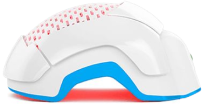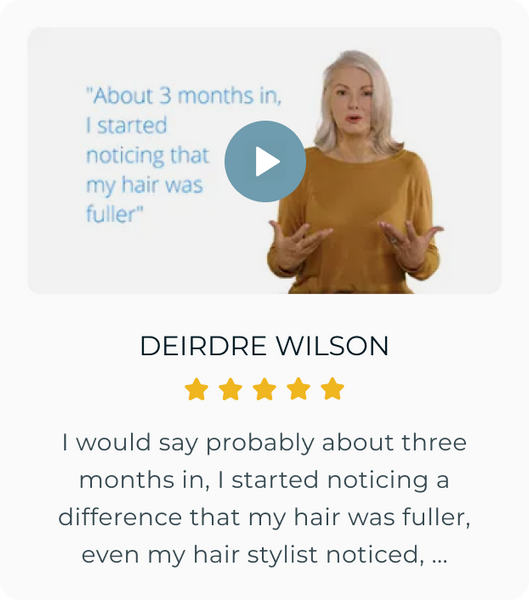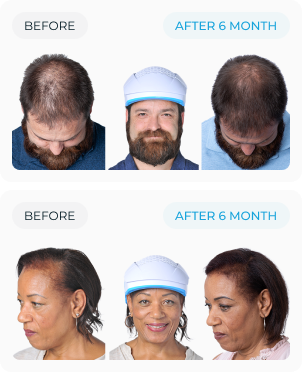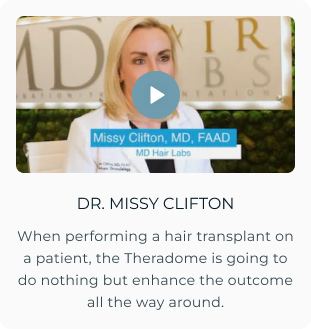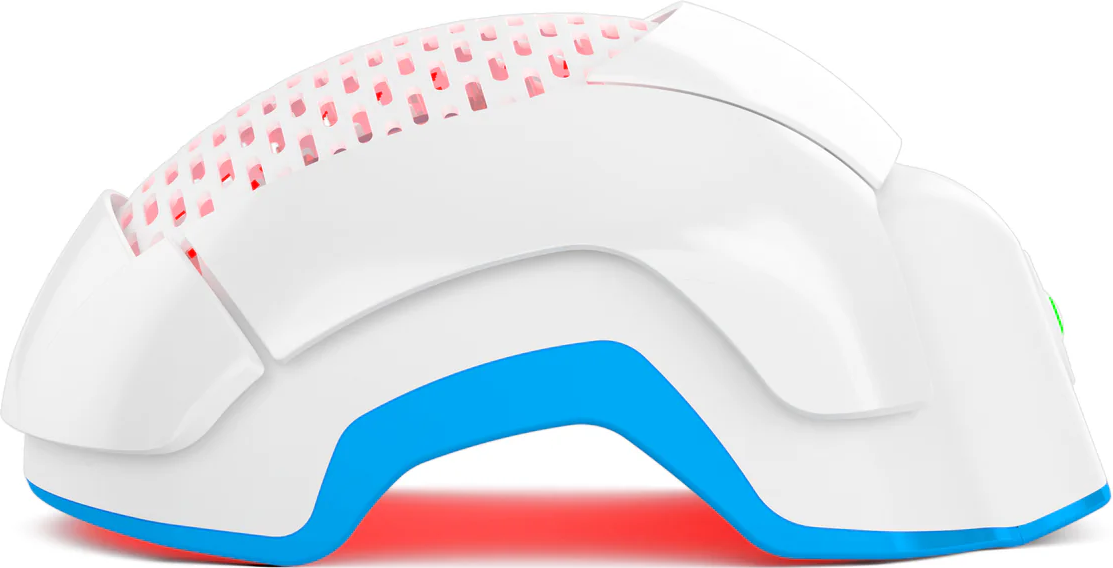Dead hair doesn’t send a memo. It just gives up — silently, strand by strand — while you’re still blaming the weather or the shampoo aisle. And if you’ve been wondering how to tell if your hair is damaged, here’s the truth: the signs aren’t subtle. Hair that’s lost shine, bounce, strength, and the will to detangle itself is not just “a little dry.” It’s fried, frayed, and officially non-functional.
Yes, technically all visible hair is made of dead cells — but that’s not what we’re talking about here. We’re talking about hair that’s been pushed past the point of no return, where oils won’t help and serums only make it shinier on the way out.
This guide breaks down exactly what dead hair looks like, how to know when yours has clocked out, and what to do before more of it joins the party. Let’s get into the five signs that your strands are waving the white flag.
What is Dead Hair?
All visible hair is technically “dead,” but when professionals talk about dead hair, they’re not talking about biology — they’re talking about damage beyond repair. Dead hair isn’t just dry or dull. It’s fried. Its internal structure is toast. It no longer stretches, reflects light, or responds to care. At that point, no oil, serum, or conditioning mask is going to “revive” it — because the structure holding everything together has already broken down.
The main difference between dead hair and healthy hair is that healthy hair still responds. It holds moisture, bends without breaking, and keeps cuticles sealed. Dead hair has none of that. If your strands look tired, act brittle, and shed confidence faster than keratin — you’re probably dealing with damage that needs cutting, not coddling.
Causes of Dead Hair:
- Bleaching or over-coloring
- Flat irons, curling wands, or blow dryers used on high heat
- Harsh shampoos with sulfates
- UV damage from extended sun exposure
- Chemical straighteners or perms
- Over-brushing or aggressive detangling
- Poor nutrition and dehydration
5 Signs of Dead Hair
Dead hair isn’t subtle. You don’t need a microscope — you need a mirror and about 30 seconds of honesty. These five signs are loud, consistent, and science-backed. If you’re seeing more than two? Your hair’s waving the flag.
1. Extreme Dryness and Brittleness
This isn’t “my hair feels a little dry after a long day.” This is parched, hay-textured, protein-starved hair that’s physically incapable of holding moisture. One of the clearest signs of damaged hair is when it feels like straw and cracks under the slightest pressure. That happens when the cuticle layer — the outer protective shell — gets stripped down, leaving the inner cortex exposed. No cuticle = no moisture retention = no bounce. If every wash leaves your hair thirstier than before, you’re not just dry — you’re depleted.
2. Excessive Split Ends and Breakage
Split ends are common. What’s not normal is split ends that keep climbing — splitting the shaft into multiple branches and turning your lengths into tassels. These are classic damaged hair symptoms, and they don’t stop at the ends. When strands snap in the middle with basic styling (brushing, twisting, putting your hair up), that’s not normal wear and tear — it’s decay. Healthy hair can take a little tension. Dead hair disintegrates with eye contact. If you’re seeing breakage everywhere, your strands are done holding on.
3. Dull and Lifeless Appearance
Shiny hair has one job: reflect light. When your strands are too rough to do that, you don’t look edgy — you look fried. One of the most obvious hair damage indicators is loss of shine. Cuticle cells should lie flat and smooth, like roof tiles. But when it comes to dead hair? The cuticle cells go rogue — lifted, frayed, and cracked. That roughness scatters light instead of bouncing it, leaving your hair looking matte, muted, and tired no matter how much “gloss spray” you use. Shine doesn’t come from a bottle. It comes from structure.
4. Tangles and Knots All the Time
Dead hair loves drama. And tangling is its favorite hobby. When strands lose their smoothness, they grip onto each other like Velcro — creating constant knots, frizz, and friction. This isn’t just annoying. It’s one of the most consistent damaged hair signs and symptoms. If you need to section your hair just to get a comb through it, or if brushing takes longer than your workout, the problem isn’t texture — it’s damage. And every detangle session is likely causing more.
5. No Elasticity or Bounce
Elasticity is the ability of your hair to stretch under tension — and bounce back. If your strands stretch and stay stretched (or worse, snap on the spot), your internal protein matrix has collapsed. Healthy hair flexes. Dead hair cracks. This is one of the lesser-known damaged hair characteristics, but arguably the most definitive. Hair elasticity reflects moisture levels, protein strength, and cuticle integrity. If all of those are shot, your hair isn’t just tired — it’s over.
Can You Fix Dead Hair?
You can’t resurrect what’s already structurally ruined. That’s not cynicism — that’s science. Dead hair doesn’t “heal.” It gets cut off. What you can fix is the damage spreading to the rest of your hair. Regular trims (every 6–8 weeks), limited heat styling, and weekly deep conditioning can protect and strengthen what’s still viable. Protein treatments help rebuild the cortex if the damage isn’t past the point of no return. But no amount of oil or serum can glue split ends together — despite what marketers claim.
How to Prevent Dead Hair in the Future
Prevention’s not sexy, but it saves your strands. Use low-heat tools — and always with a thermal protectant. Shampoo less often and only with sulfate-free formulas. Condition properly — from mid-lengths to ends — and deep treat weekly. Switch your cotton pillowcase for satin or silk to reduce friction. Protect your scalp from sunburn if you’re in the sun. And if your hair’s chemically treated? Space out your sessions, and stop pretending it’ll “just bounce back.”
The most overlooked hair damage warning signs are usually the habits you think are harmless.
Conclusion
Dead hair doesn’t whisper. It screams — with dryness, breakage, dullness, knots, and that all-too-familiar snap. Learning how to spot damaged hair early means you’re not waiting for it to get worse. Trim what’s unsalvageable. Reinforce what’s hanging on. And most importantly, fix the routines that got your strands in crisis mode in the first place. Prevention beats repair every time. So if your hair’s waving distress flags — listen now, or you’ll be cutting more than just ends later.


